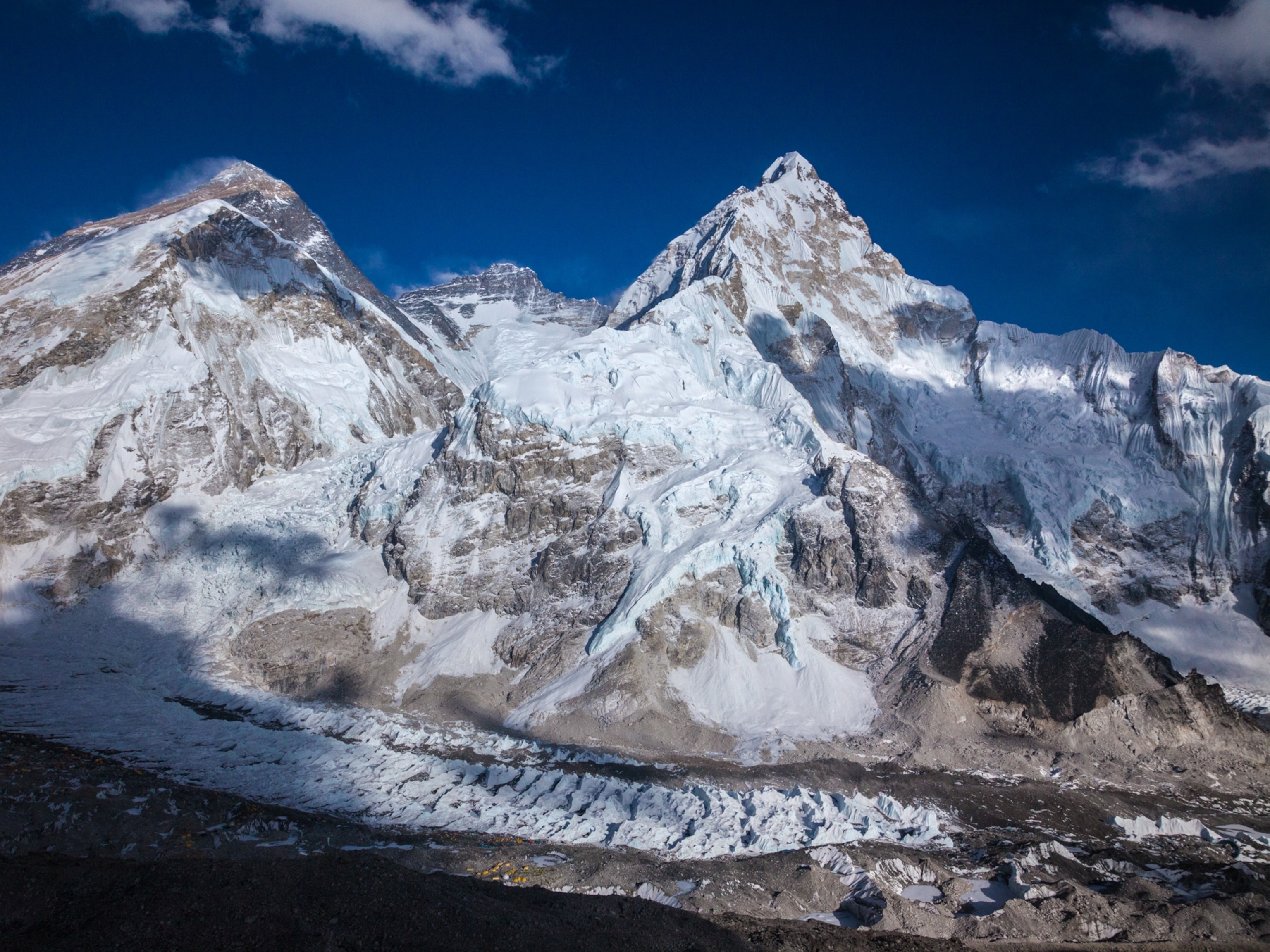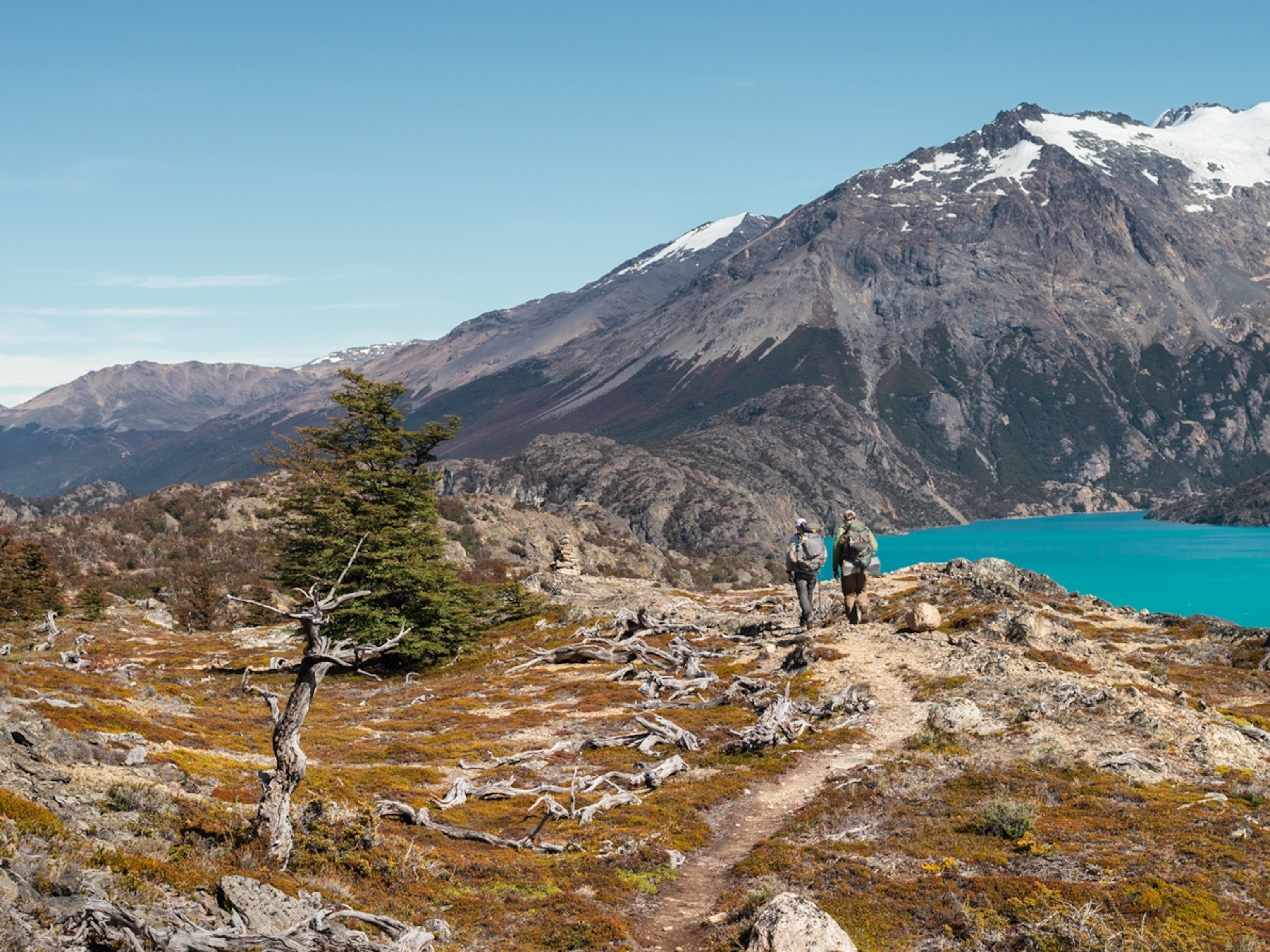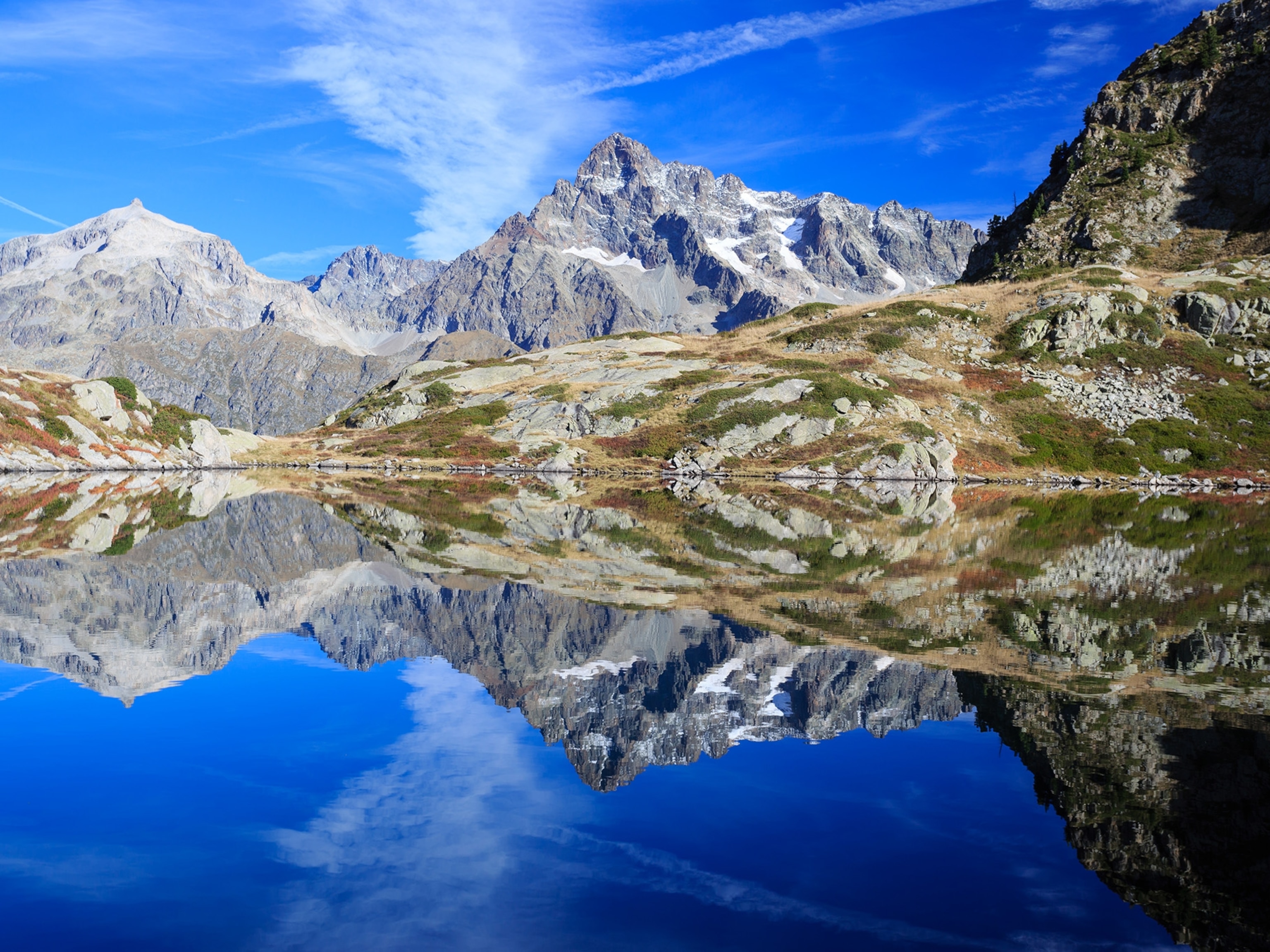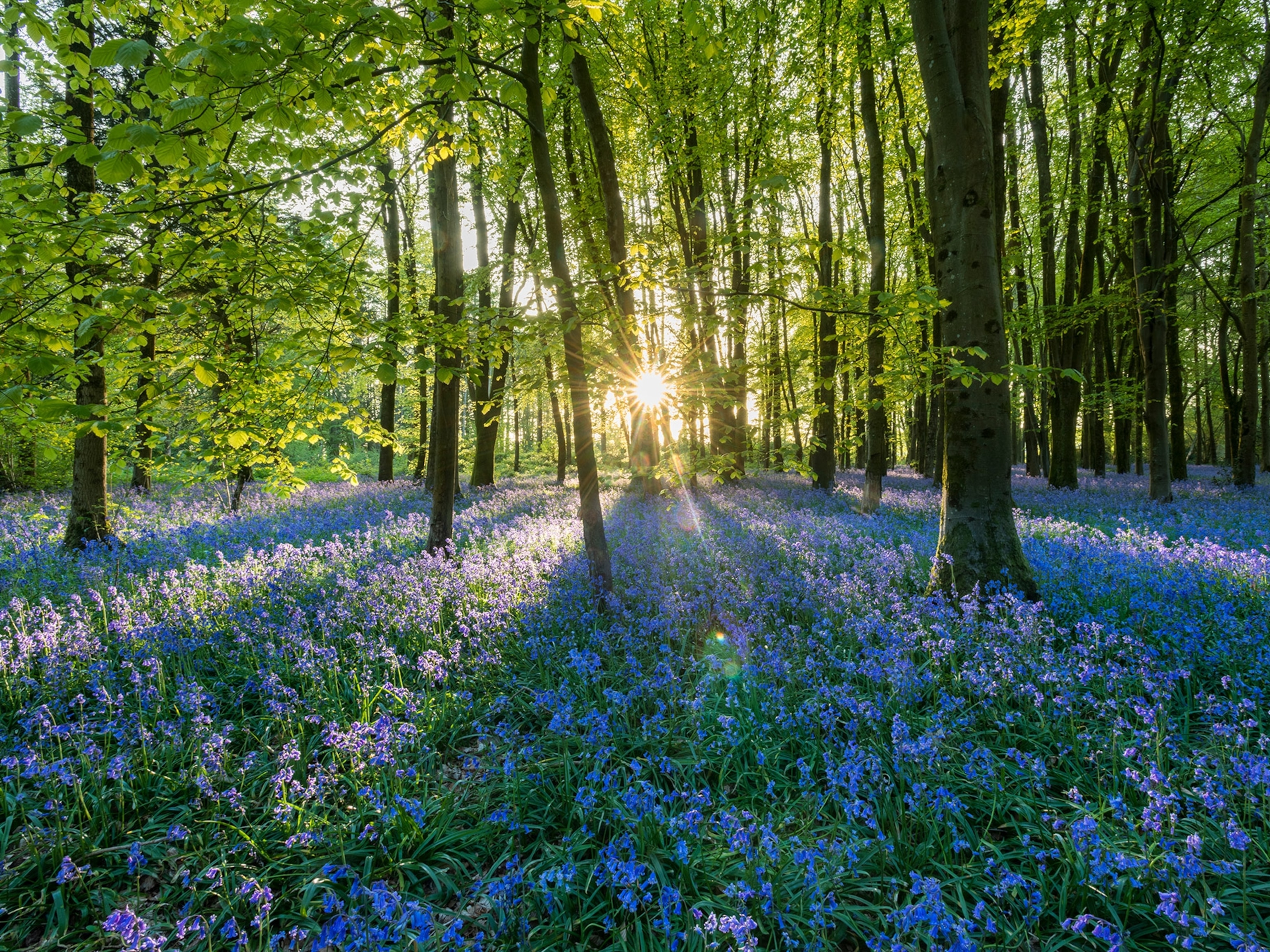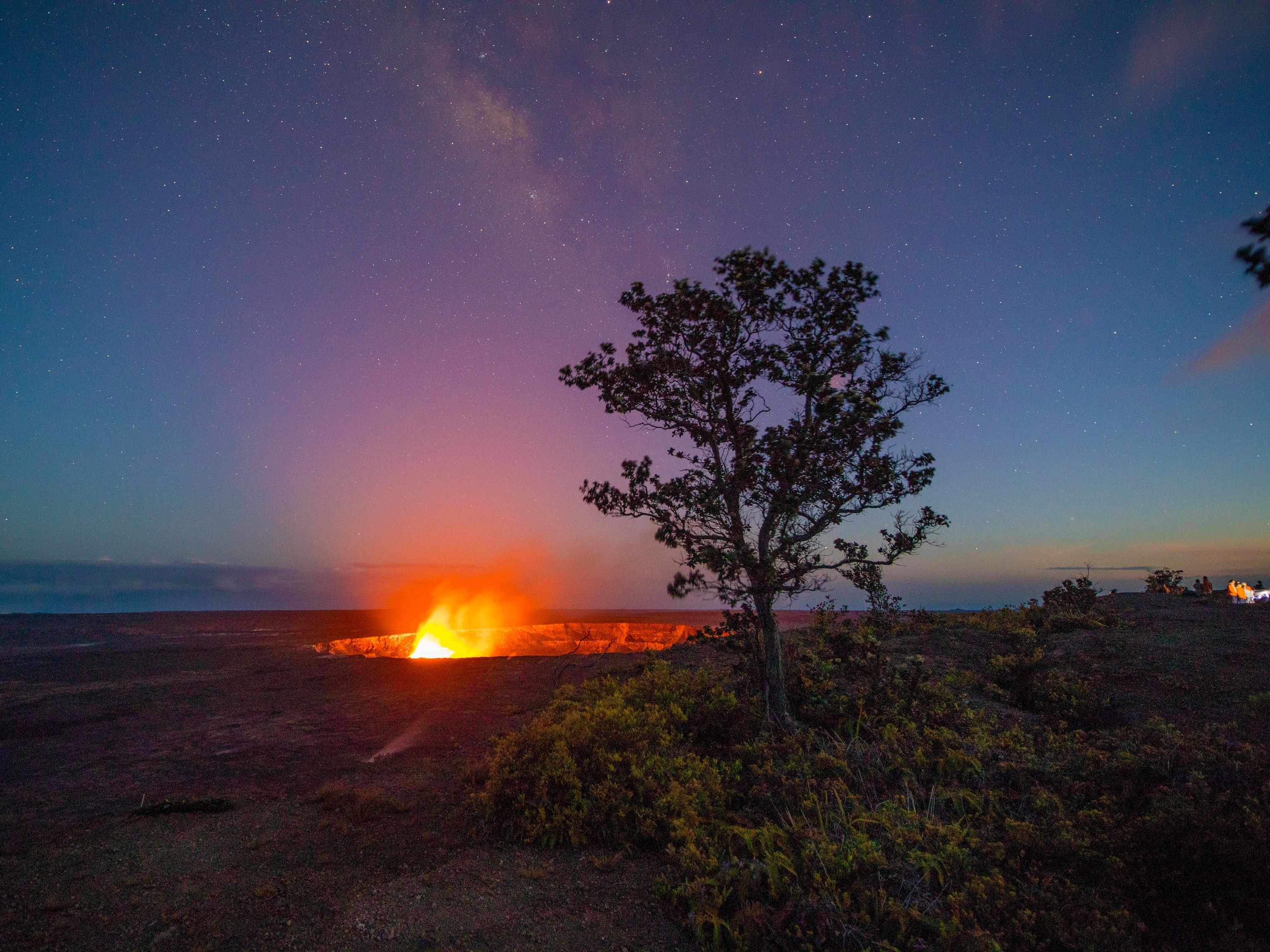
Returning to Parque Patagonia to Map Trails, Change
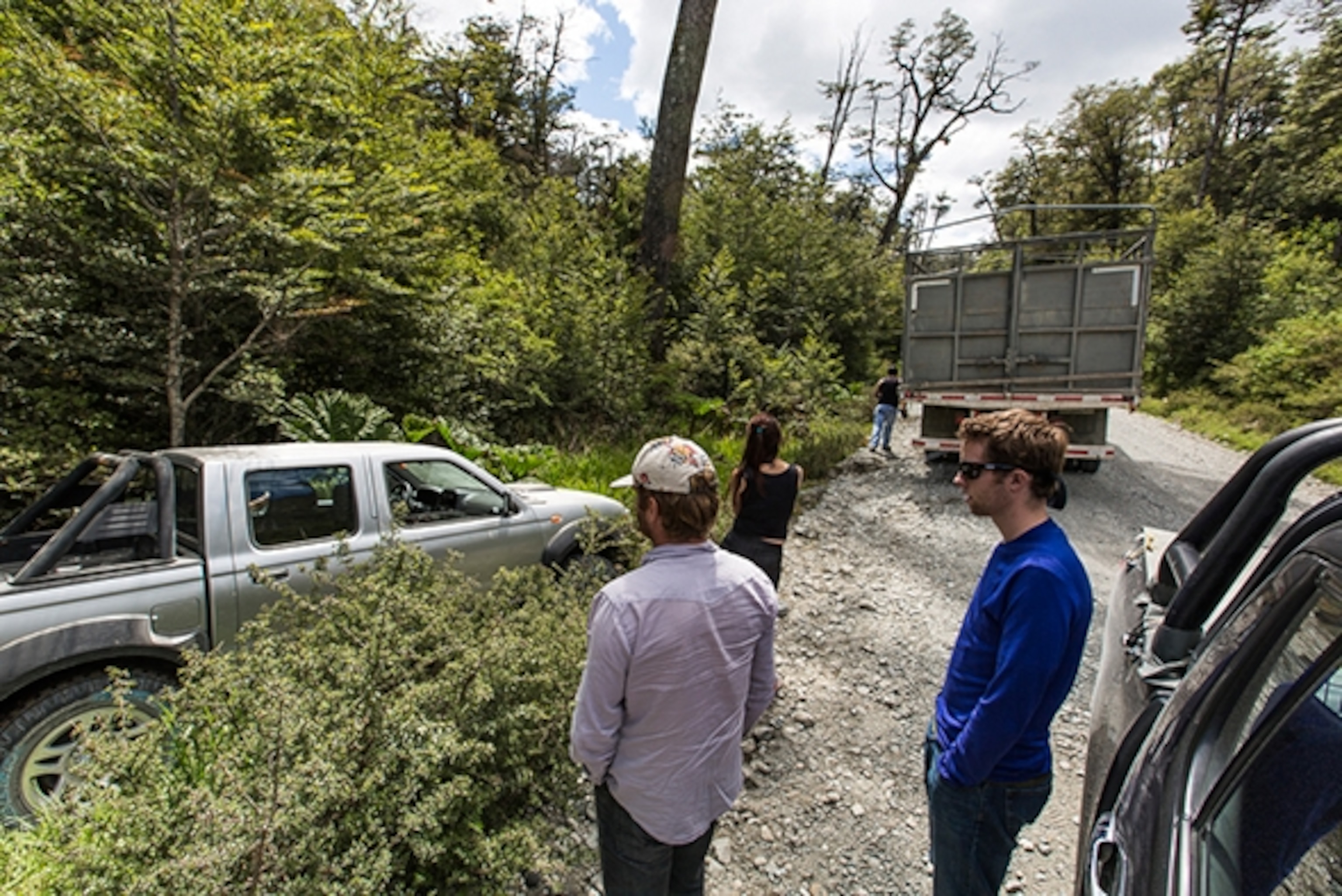
Ross Donihue and Marty Schnure received a National Geographic Young Explorers grant.
I’m riding shotgun in a diesel Mitsubishi 4×4 truck as we take curve after curve of washboard dirt roads. Beads of sweat form on my forehead as we take a hairpin turn and I roll down my window to gulp the fresh air. I’m driving south on the Carretera Austral, the southern highway through Chilean Patagonia, with my partner Marty and our new friend Will.
The nearly 250-kilometer drive is the last leg of what has already been a 48-hour journey. We’re on our way to the newly created Patagonia Park for an adventure with a very specific purpose: to map new trails and other changes that have taken place in the rapidly evolving park since we first mapped it two years ago. For the next three weeks, we’ll explore new parts of the park on foot and reconnect with the small community of administrators to find out how we can meet their biggest mapping needs. The goals of our mapping efforts are to assist park staff in land management decisions and to better connect people with this wild and extraordinary place. As cartographers, we’re some of the biggest map nerds out there, and this is our favorite kind of adventure.
But before we even arrive at the park, driving the Carretera Austral is an adventure in itself. Each year people are stranded for days on end because of floods, rockslides, empty gas tanks, or, in some years, even empty gas stations. We hope to not be among them. About halfway down the road, we see a car completely off the road deep in a ditch, having spun 180 degrees around in the loose gravel. Thankfully the passengers are okay, and they turn out to be the honeymooning Chilean couple from our flight who were just ahead of us in the rental car line.
As we continue south, the road gets worse and worse and the landscape more and more dramatic. It’s late spring and everything is green and saturated with color. Down by a riverbank we spot a rare Huemul deer, her coat molting with the changing season. As an American, I sometimes marvel at how a deer could be so rare. The Huemul is an endangered and deeply venerated species in Chile with only an estimated 2,000 individuals remaining in the world. We stop and watch it cross the stream and slowly disappear into the forest nearby.
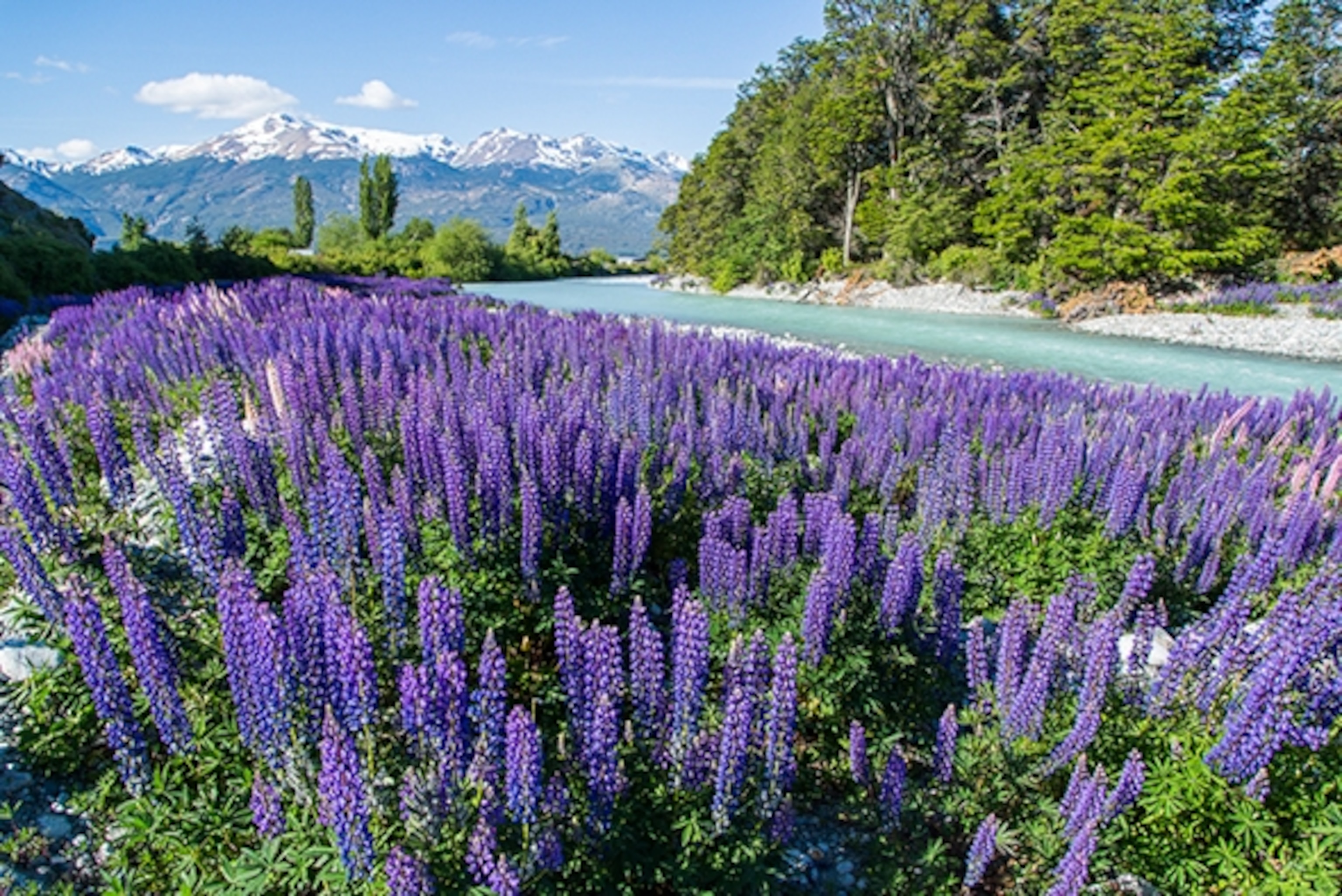
A full nine hours after we hit the road, we turn left to enter Patagonia Park at a currently sign-less, easy-to-miss intersection. At almost 9 o’clock, the sun is just beginning to set and the golden evening light coats the expansive rolling grasslands. Soft pink alpenglow colors the rugged, snow-covered Jeinemeni Mountains to the north. Our timing is perfect, we can even catch the tail-end of dinner. Inside the dining room as we reunite with old friends and become acquainted with new ones, it’s hard not to feel optimistic—not just about these next three weeks, but about the future of this park and conservation in Patagonia.
- National Geographic Expeditions

